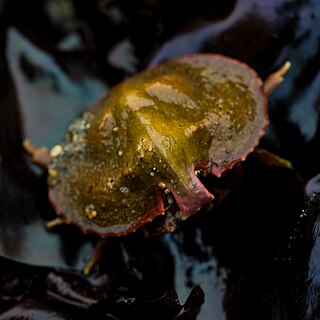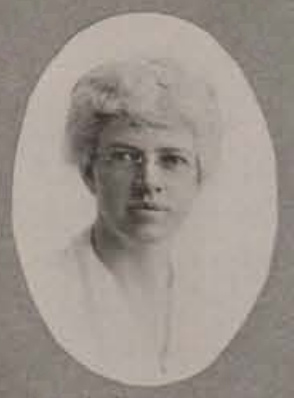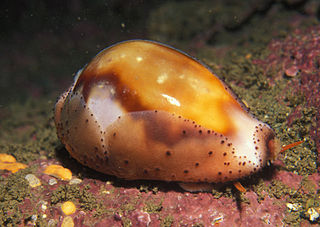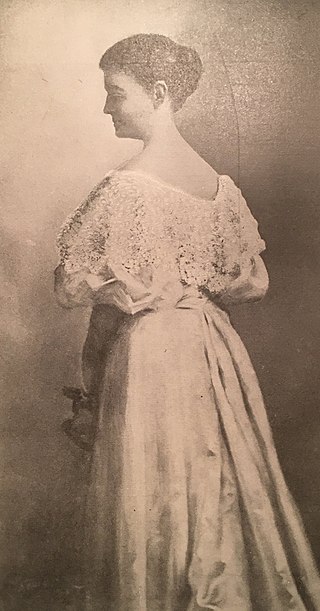Related Research Articles

Edward Flanders Robb Ricketts was an American marine biologist, ecologist, and philosopher. Renowned as the inspiration for the character Doc in John Steinbeck's 1945 novel Cannery Row, Rickett's professional reputation is rooted in Between Pacific Tides (1939), a pioneering study of intertidal ecology. A friend and mentor of Steinbeck, they collaborated on and co-authored the book, Sea of Cortez (1941).

Waldo LaSalle Schmitt was an American biologist born in Washington, D.C. He received his Ph.D. from George Washington University in 1922. In 1948, he received an honorary Doctor of Science degree from the University of Southern California. Schmitt's primary field of zoological investigation was carcinology, with special emphasis on the decapod crustaceans. His bibliography consists of more than seventy titles.

Metacarcinus anthonyi, the yellow rock crab or yellow crab, is a species of edible crab native to the Pacific coast of North America.
Joel Walker Hedgpeth was a marine biologist, environmentalist and author. He was an expert on the marine arthropods known as sea spiders (Pycnogonida), and on the seashore plant and animal life of southern and northern California; he co-authored Between Pacific Tides, the definitive guide to California intertidal organisms. He was a spokesperson for care for the floral and faunal diversity of the California coastline.

Between Pacific Tides is a 1939 book by Edward F. Ricketts and Jack Calvin that describes the intertidal ecology of the Pacific coast of the United States, Canada, and Mexico. The book was originally titled "Between Pacific Tides: An Account of the Habits and Habitats of Some Five Hundred of the Common, Conspicuous Seashore Invertebrates of the Pacific Coast Between Sitka, Alaska, and Northern Mexico".

Tonicella lineata, commonly known as the lined chiton, is a species of chiton from the North Pacific.

Cucumaria miniata is a species of sea cucumber. It is commonly known as the orange sea cucumber or red sea cucumber due to its striking color. This northeast Pacific species is often found wedged in between rocks or crevices at the coast or on docks and can generally be identified by its orange bushy tentacles protruding above the substrate.
Schizobranchia insignis is a marine feather duster worm. It may be commonly known as the split-branch feather duster, split-plume feather duster, and the feather duster worm. It may be found from Alaska to Central California, living on pilings and rocks, intertidal to 46 m. It is particularly abundant on the underside of wharves in Puget Sound, Washington, and on wharves at Boston Harbor marina.

Pagurus hirsutiusculus is a species of hermit crab, commonly called the hairy hermit crab. It lives from the Bering Strait south to California and Japan, from the intertidal zone to a depth of 110 m (360 ft).

Mopalia hindsii is a species of medium-sized chiton that grows up to 7 cm long. Most commonly found in intertidal zones, M. hindsii has a white ventral side unlike most intertidal chitons that are orange underneath.

Saxidomus nuttalli is a species of large edible saltwater clam, a marine bivalve mollusk in the family Veneridae, the venus clams. Common names include California butterclam and Washington clam.

Callianax biplicata, common names the purple dwarf olive, purple olive shell, or purple olivella is a species of small predatory sea snail, a marine gastropod mollusc in the family Olividae, the olives.

Cryptolithodes sitchensis, known as the umbrella crab, is a species of lithodid crustacean native to coastal regions of the northeastern Pacific Ocean, ranging from Sitka, Alaska to Point Loma, California. Its carapace extends over its legs such that when it pulls in its legs, it resembles a small stone. It lives in rocky areas from the low intertidal to depths of 17 m (56 ft).

Hapalogaster cavicauda is a species of king crab that lives on the Pacific coast of North America.

Myrtle Elizabeth Johnson was an American marine biologist, ascidiologist, and educator in California in the early 20th century. She was the first woman PhD faculty member at the San Diego State College, where she taught from 1921 to 1946, and was chair of the Biology department from 1928 to 1940. Her major work, Seashore Animals of the Pacific Coast, published in 1927, was the standard descriptive text of intertidal species until Ed Ricketts's Between Pacific Tides was published in 1939. Ricketts considered Johnson's book "the vade mecum of marine biologists of the Pacific. Indispensable."

"Sea centipede" is a vernacular name that may refer to any of several real, mythological, or cryptozoological marine-dwelling animals, including:

Neobernaya spadicea, common name the chestnut cowrie, is a species of sea snail in the cowrie family, Cypraeidae. Chestnut cowries can be found in the eastern Pacific Ocean, from central California to Baja California. The chestnut cowrie has a highly glossy shell due to an enamel that is secreted from its mantle.

Augusta Newton Foote Arnold was an American author and naturalist who published three books – two cookery books under the pen name of Mary Ronald, and The Sea-Beach at Ebb-Tide, regarded as a seminal work on the intertidal biology of the United States.

Sol Felty Light was an American zoologist, entomologist, and professor at the University of California, Berkeley, known for his research on caste development in termites in the first half of his career, and for teaching marine zoology courses in the second half. From 1913 to 1947, he published approximately 70 papers, most on the subject of entomology. His class syllabus on zoology was originally designed for students at Berkeley, but in 1941 it was published as an invertebrate zoology textbook and field guide that had larger appeal, as it was considered the first complete compendium of marine invertebrates in the north central California coastal region ever published. After Light's death, the book was edited, revised, and expanded by Ralph I. Smith and other contributors, becoming known as Light's Manual. After Smith himself died, the book was renamed The Light and Smith Manual in his honor.
References
- 1 2 3 George F. Edmunds Jr.; Chad M. Murvosh (1995). "Obituary:Richard K. Allen (1925-1992)". The Pan-Pacific Entomologist. 71 (2): 75–77.
- 1 2 Allen, Richard K. (1976). Common Intertidal Invertebrates of Southern California. ISBN 9780917962103 . Retrieved 2 November 2020.